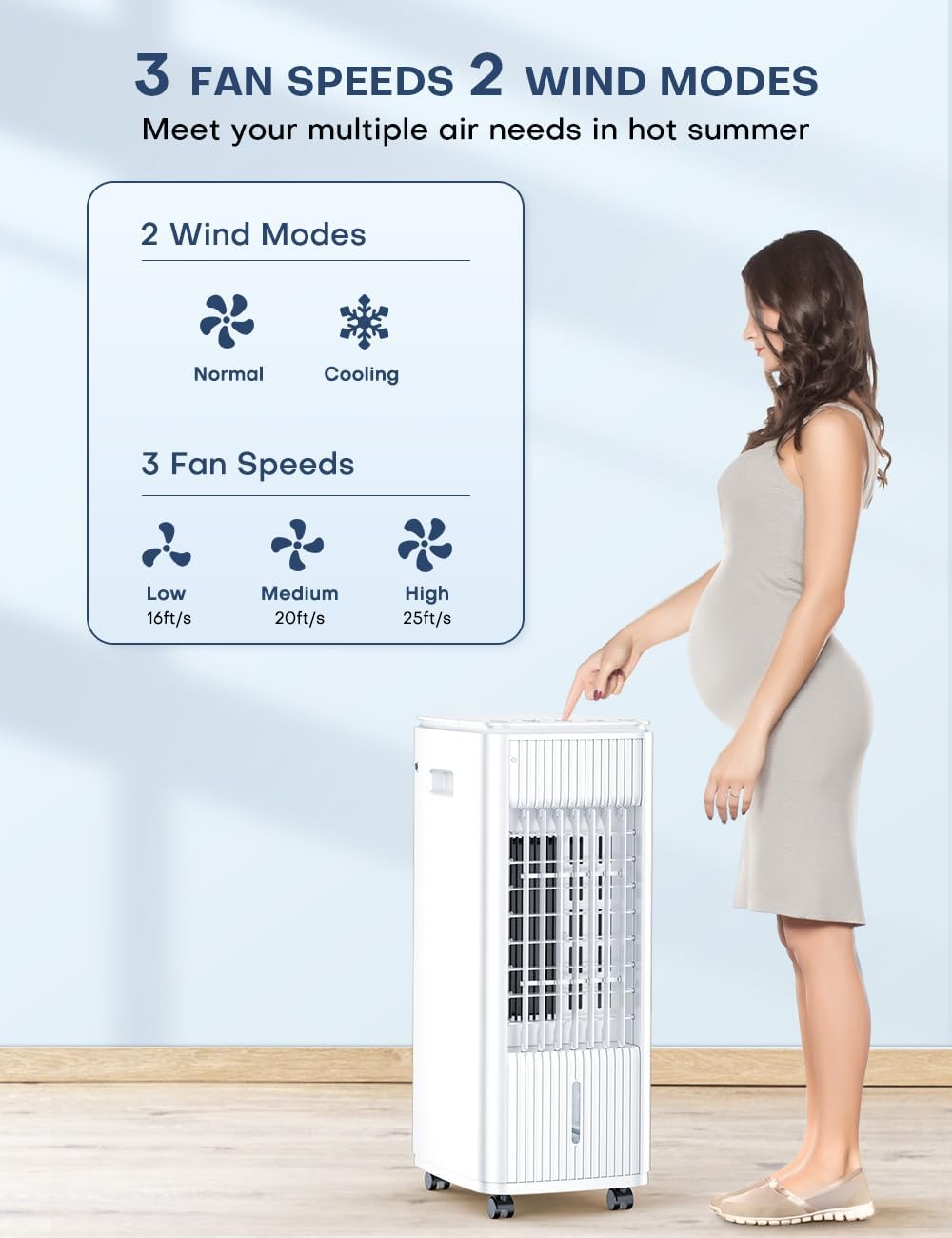In the pursuit of creating a comfortable and healthy indoor environment, the importance of proper air ventilation cannot be overstated. Beyond just cooling, air ventilation systems that incorporate features like humidification, oscillation, and air circulation offer a myriad of benefits. Let’s explore how these elements contribute to enhanced comfort, improved air quality, and overall well-being.
Humidification and Air Quality Improvement:
- Comfort Enhancement: Humidification is not just about adding moisture to the air; it’s about optimizing indoor humidity levels for maximum comfort. Dry air can lead to discomfort, causing issues like dry skin, irritated eyes, and respiratory problems. By humidifying the air, ventilation systems create a more pleasant and inviting atmosphere, promoting relaxation and well-being.
- Respiratory Health Support: Proper humidity levels are essential for respiratory health. Dry air can exacerbate respiratory conditions such as asthma and allergies, leading to irritation and difficulty breathing. Humidification helps alleviate these symptoms by moisturizing the airways, reducing congestion, and promoting easier breathing, thus supporting overall respiratory health.
- Air Quality Enhancement: Humidification also plays a role in improving indoor air quality. Dry air can lead to the buildup of airborne pollutants, allergens, and dust particles, which can negatively impact health and well-being. By adding moisture to the air, ventilation systems help to reduce airborne contaminants, creating a cleaner and healthier indoor environment for occupants.
Oscillation and Air Circulation:
- Even Cooling Distribution: Oscillation is a key feature that ensures even distribution of cooled air throughout the room. Instead of having stagnant pockets of warm air, oscillating ventilation systems continuously circulate the air, providing consistent cooling coverage to every corner of the space.
- Elimination of Hot Spots: In rooms with poor air circulation, hot spots can develop near windows, doors, or areas far from the ventilation system. Oscillating ventilation systems help eliminate these hot spots by constantly moving the air around, ensuring that every part of the room receives adequate cooling and ventilation.
- Air Quality Enhancement: Effective air circulation is essential for maintaining good indoor air quality. By continuously circulating the air, ventilation systems help filter out airborne pollutants, allergens, and odors, improving overall air quality and promoting better health for occupants.
Incorporating features like humidification, oscillation, and air circulation into air ventilation systems is key to creating a comfortable, healthy, and inviting indoor environment. By optimizing humidity levels, improving air quality, and ensuring even distribution of cooled air, these systems enhance comfort, promote well-being, and create a space where occupants can thrive. Investing in a ventilation system that incorporates these features is not just about cooling—it’s about creating an environment where everyone can breathe easy and feel their best.
“Transform Your Indoor Environment: The Ultimate Guide to Humidification, Oscillation, and Air Circulation in Air Ventilation Systems”

